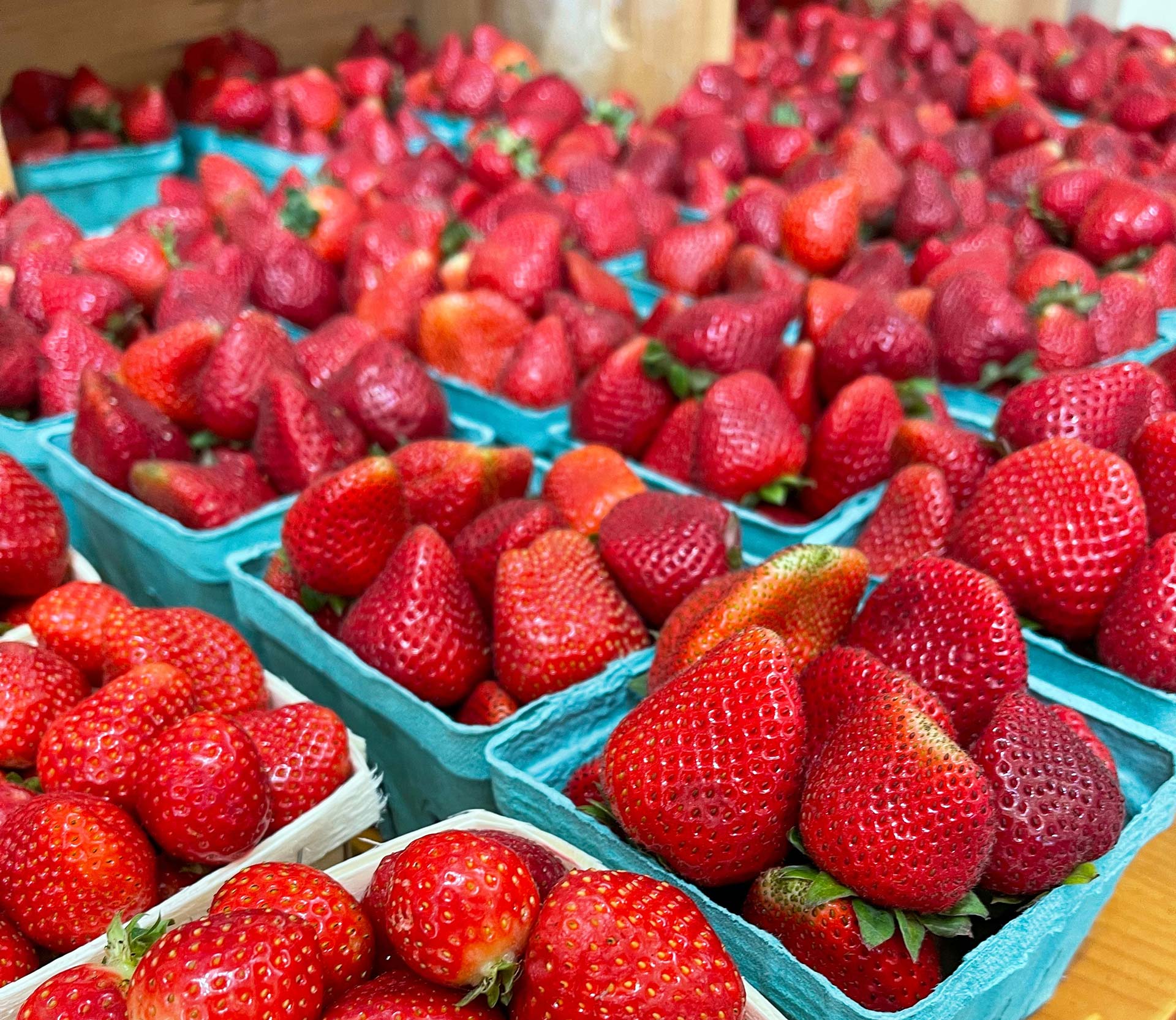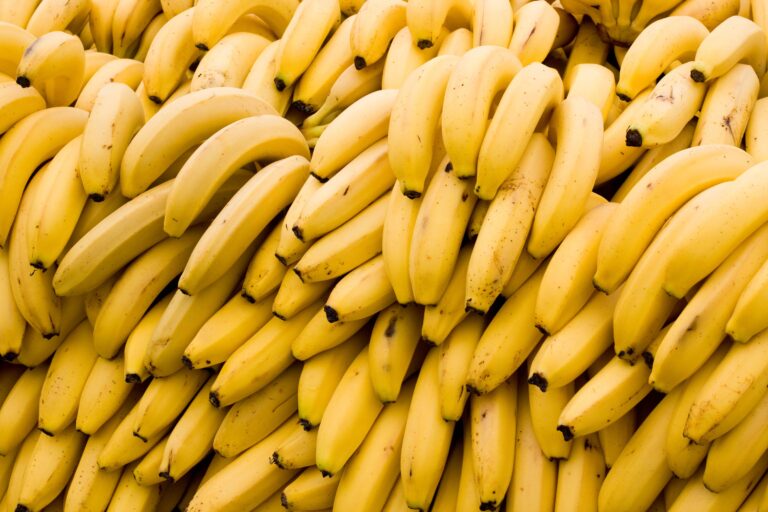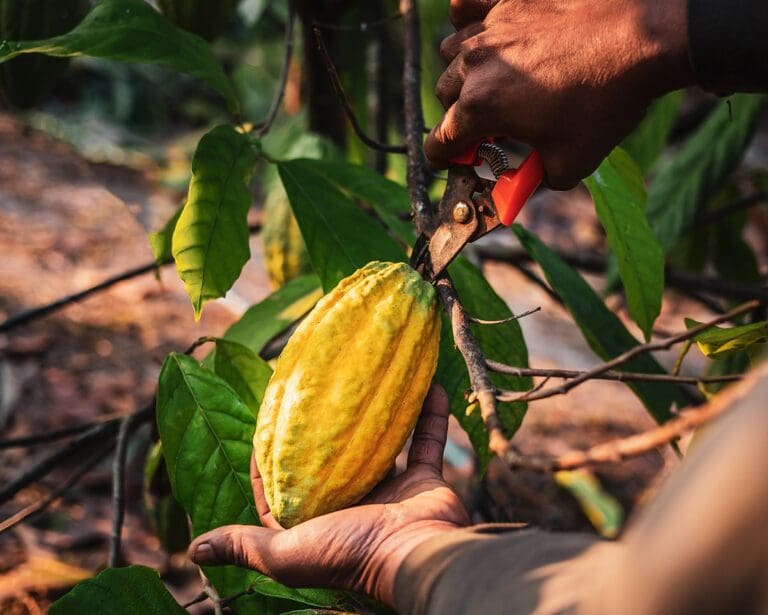Spain was hit by multiple storms in March 2025, with most regions receiving two to three times the average rainfall. This led to flash floods that waterlogged crop fields, orchards, and vineyards—just five months after deadly floods struck southern Spain in October 2024. Reports indicate that vegetables are at risk of losses, with entire fields flooded and major crops such as lettuce, peppers, broccoli and tomatoes damaged. The waterlogging and intense rainfall also delayed planting schedules, disrupting the potato, watermelon, and melon industries, as well as disrupting the citrus harvest.
Also, “shortened growing periods and wet soils can weaken root systems and increase the risk of disease which will ultimately also reduce the quality of the produce and crop yields,” said Harry Campbell, fruit and vegetable market analyst at Expana. Various berries, including strawberries, blackberries, raspberries and blueberries, were similarly affected, with the yield and marketability significantly reduced by high humidity, along with direct damage from collapsing greenhouses and polytunnels.
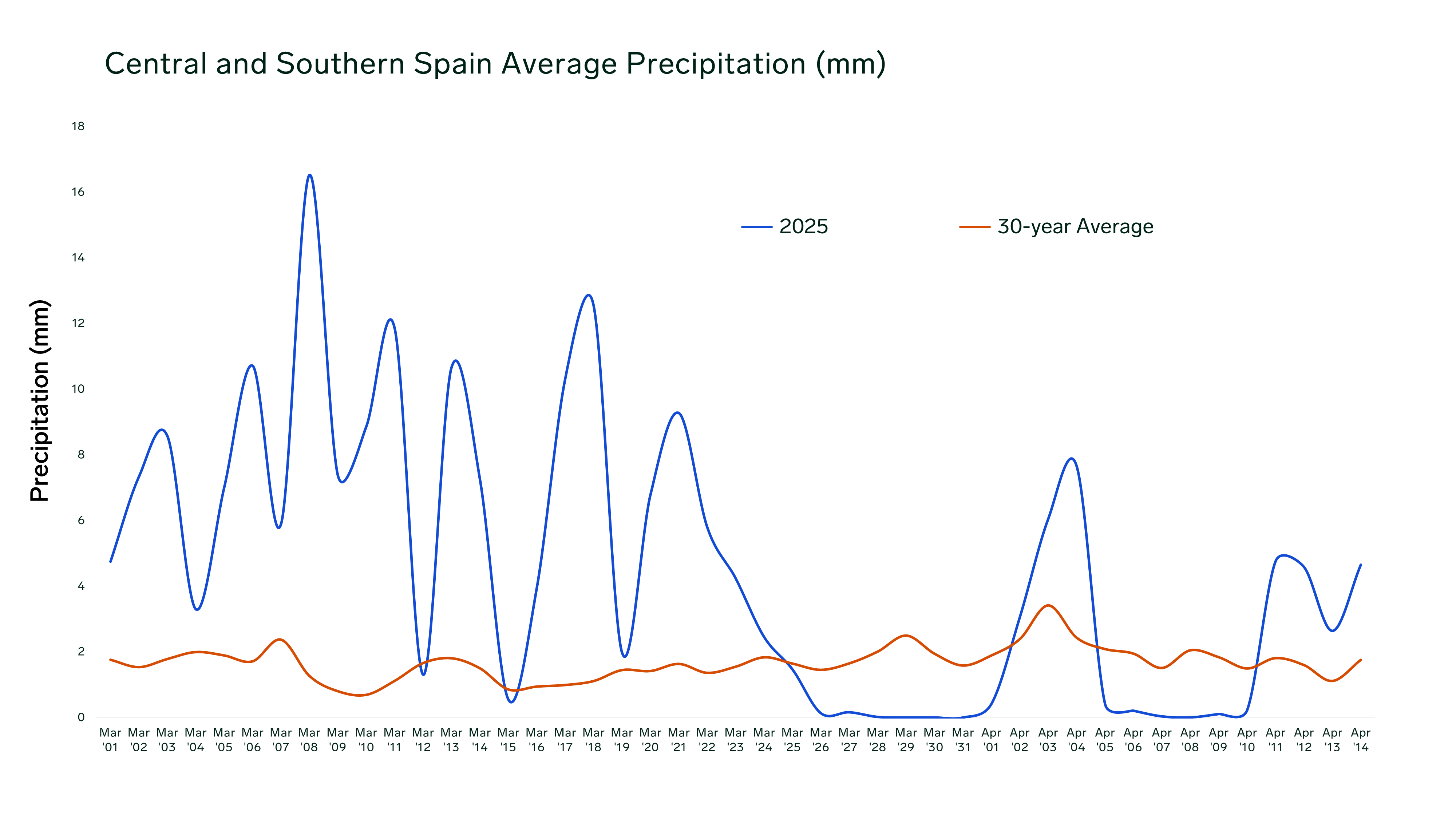
The storms also disrupted pollination of flowering crops, which could further reduce fruit availability. Additionally, the excessive moisture has heightened the risk of fungal diseases, with outbreaks of Botrytis and mildew reported by potato growers.
Flooding has also damaged roads and farm infrastructure, leaving long-term impacts on some farms and further disrupting the agricultural supply chain. Spain is a major fruit and vegetable exporter, being a top exporter globally for strawberries, raspberries, lettuce, peppers, broccoli, primarily supplying European markets. Therefore, the crop losses could tighten supplies and disrupt markets internationally.
Campbell stated that “Spain supplies much of northern Europe’s early season produce, so crop damage in spring can delay availability, reduce volumes, and disrupt supermarket supply chains.”
However, since the floods of October 2024, rainfall has been below average, negatively affecting agriculture. The abundant March rains, therefore, have likely helped moisten soils, replenish reservoirs, and improve irrigation prospects. This could support yields for certain crops, with reports suggesting that cereal crops and fruit trees may benefit.
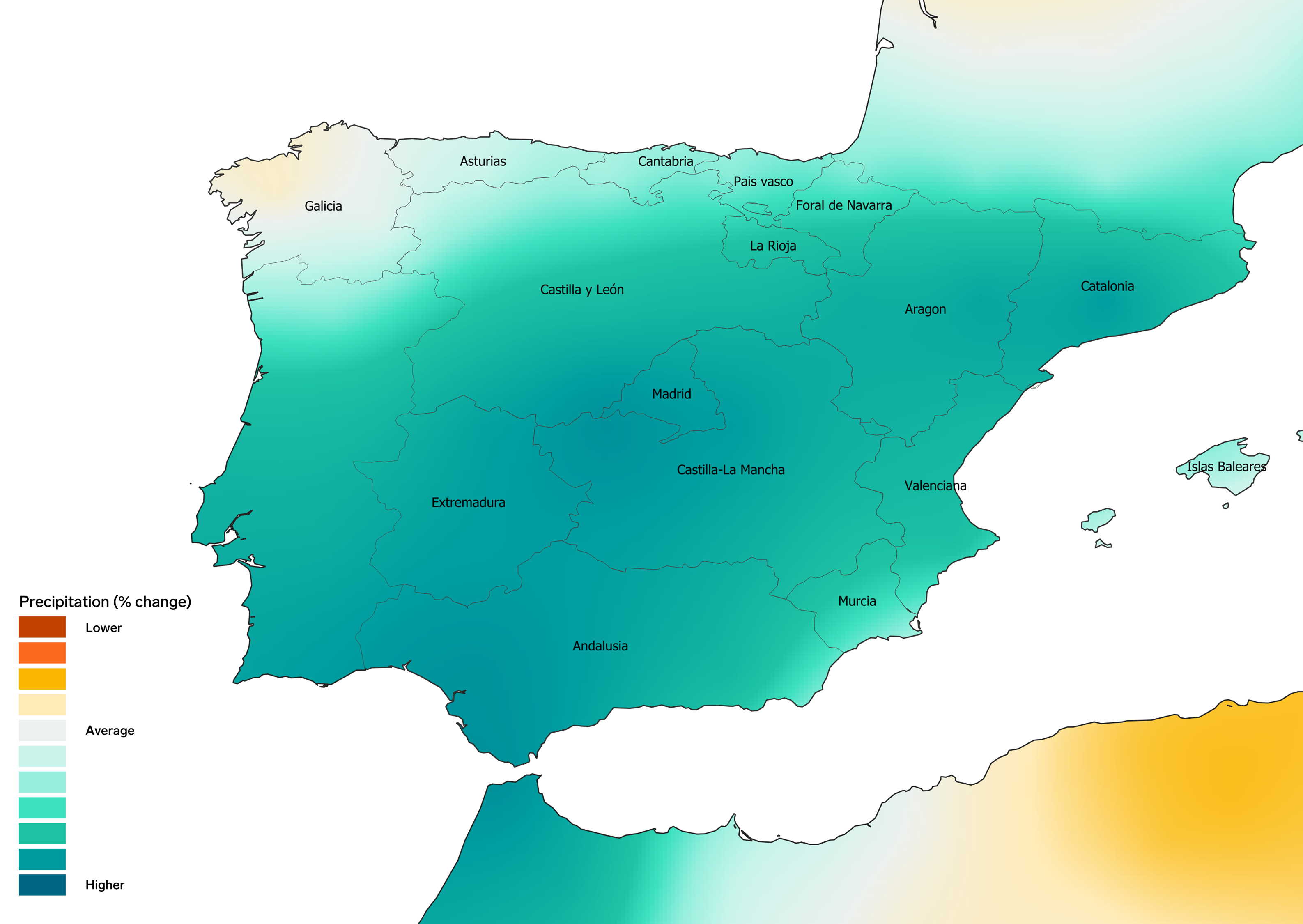
March 2025 precipitation in Spain
Source: Expana and The Weather Company
At Expana we track over 1000 fruit and juice price series and over 1500 vegetable price series. Request a demo here to follow the impact of these storms on fruit and vegetable prices.
Additional reporting by Harry Campbell – Fruit & Vegetables Market Analyst
Edited by Simon Duke – Managing Editor, EMEA
Expana
[email protected]
Image source: Shutterstock
Written by James Tyler
